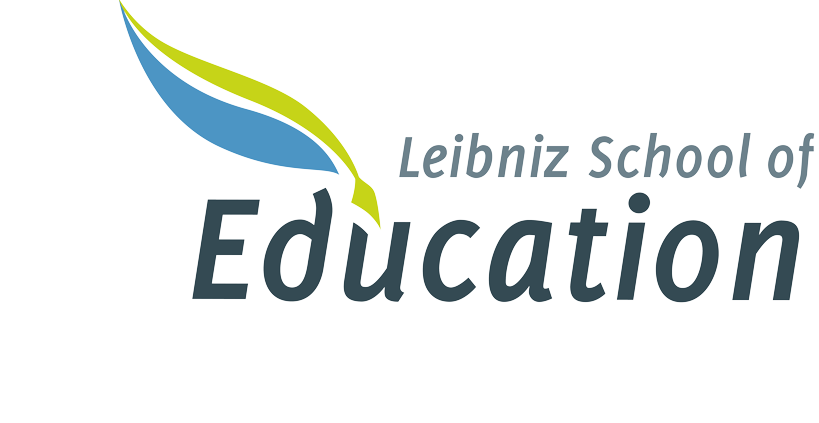Effective education for sustainable development is understood as a holistic and systemic approach that transforms educational institutions in every respect into learning and socialization sites for living sustainability. It understands school not as a rigid organization, but as a living organism that is part of society.
Unsustainable institutional practices act as a "hidden curriculum" and counteract efforts toward ESD in the classroom. Conversely, sustainability in practice has a more promising impact on the learning processes of students and teachers than taught sustainability.
Accordingly, the "Roadmap: ESD 2030" defines the systemic transformation of learning and teaching environments in the sense of the Whole-Institution-Approach ("learn how we live and live what we learn") as one of five priority fields of action.
"Education for sustainable development is not just about integrating sustainable development into lessons and teaching new content, e.g. in school subjects or courses of study. Schools and universities as well as other educational institutions should see themselves as places of learning and experience for sustainable development and therefore align all their processes with the principles of sustainability. In order to make ESD more effective, the educational institution as a whole must be redesigned. Such a holistic approach (Whole Institution Approach) aims to integrate sustainability into all aspects of the educational institution (curricula, processes, organizational culture, etc.). In this way, the institution itself acts as a role model for learners." (UNESCO - United Nations Educational, Scientific and Cultural Organization (2017): Education for Sustainable Development Goals. Learning Objectives.)
Thus, ESD can be understood as a school development process that is intertwined with the social environment (=whole system approach) and is driven as an elementary component of the mission statement, school culture, and institutional practice. The following figure shows some central areas that can be aligned with the mission statement of ESD.
Even if schools across the board are still far from integrating ESD holistically , there are many examples of schools that have successfully set out on the path. The pilotl project Zukunft Schule (Future Schools) in Lower Saxony accompanies almost 70 schools on their way to school transformation and gathers valuable practical experience in the process.
The Sustainability 360° handouts provide an overview of fields of action and issues for various educational institutions.
Greenpeace's Schools for Earth program provides impetus and support for ESD school development processes.
The Global Goals Curriculum initiative offers numerous suggestions and offers for the Whole School Approach, true to the motto Rethinking Schools.
The project "SchoolsGoGreen" of the Institute for Didactics of Democracy (IDD) at the University of Hanover aims to develop a strategy for elementary school to implement various aspects of environmental and climate protection - oriented to the SDGs, both knowledge and practical skills are to be imparted to enable teachers and students to promote environmental and climate protection at their school.

![[Translate to English:] Schulprofil Whole School Approach](https://www.lse.uni-hannover.de/fileadmin/_processed_/7/d/csm_Schulprofil_WSA_OR_9a6abb614d.jpg)
![[Translate to English:] Schulprofil Whole School Approach](https://www.lse.uni-hannover.de/fileadmin/_processed_/7/d/csm_Schulprofil_WSA_OR_1ee3062504.jpg)
![[Translate to English:] Schulprofil Whole School Approach](https://www.lse.uni-hannover.de/fileadmin/lehrerbildung/Fotos/Teaching_Change/Schulprofil_WSA_OR.jpg)

